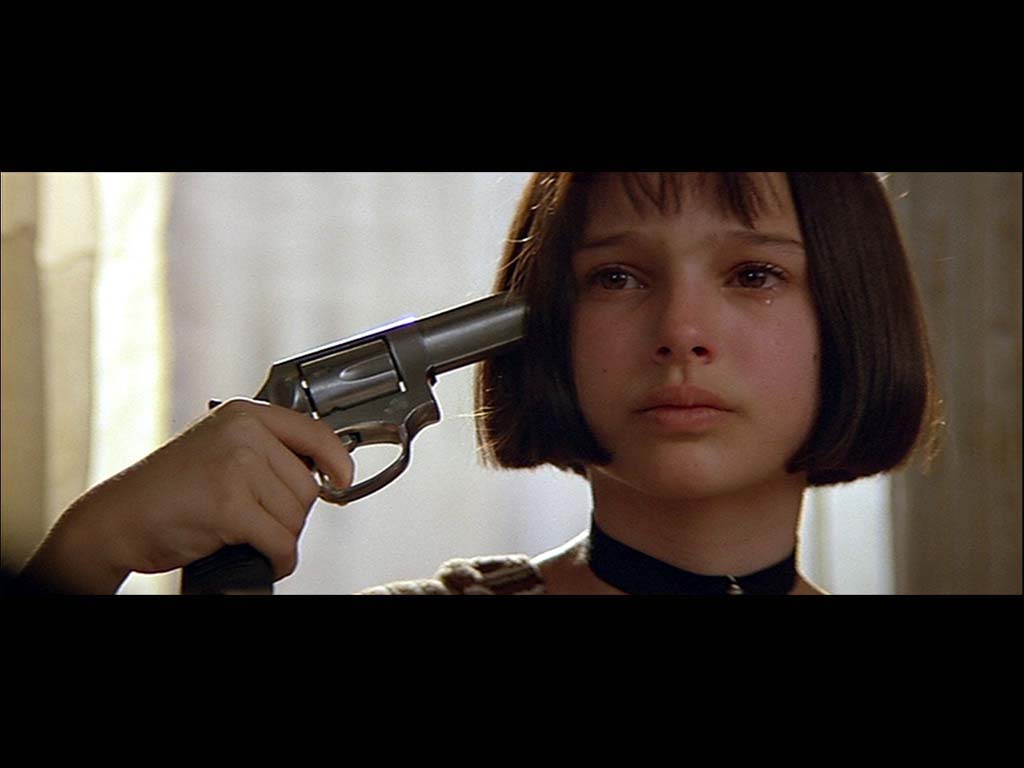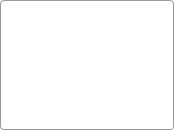Conceptual Map Second Term Photography
Shooting in photography
Extreme big long shot

The whole environment is considered without a subject taking part on it.
Big long shot

Considers all the environment, but does not consider the subject(s) being part of it. It gives us general information about the environment but isn't sprecific.
Long Shot

The photograph consider the subject in the shoot and the enviornment, they both balance, without any of them taking specifical attention.
Full shot

In this type of shot only a subject with no weight for
the environment is considered. The body of the subject appears complete: as in a person, every body part must be included, without cutting anything.
American plane/knee shot

Taken from the western movies, this shot only considers the subjects from the knees and up to the head, the whole purpose is to give a more "rude" appearence to the characters, by showing off their guns.
Medium shot

This shot considers only from the zone of the waist to the breastbone, up to the head, of the subjects.
Medium close up

This shot considers the zone of the breastbone to the top of the head.
Close up

This shot considers the neck and up, until to the head of the subject of the subject.
Big close up

This kind of shot only considers a zone equivalent to only half of the face of the subject.
Extra big close up

Only a tiny bit of the subject's face is considered (1/4 approximately).
Architectural fractioning
In photography is to cut an objest in order to make it lose it's qualities (volume) and give the shot a tottaly different reality, making and entirely different composition. In architectural fractioning, different building will react differently depending on the lenses, light, and camera placement. The constructions will be shown from an entirely different perspective, depending on the photographer's choices.
Camera positions
Extreme high-angle shot
The camera's position is directly verhead the subject
High-angle shot
The camera is positioned above the eye level of the subject
Eye level shot
The camera is positioned as if a human's eye is the lens
Low angle shot
The camera is placed below the eye level
Inferior low angle shot
The camera is placed directly below the subject, made totally horizontal or floor leveled.
Point of view
May include body parts, is a shot that considers the camera as if it were the eyes of the observer, creating the illusion it is the audience who is part of the shot.
Over shoulder
Frequent in cinema, this shot shows the shoulder of a person who is generally, talking or watching another one. Serves as to create orientation in cinema.
Dutch horizon shot
Introduced presumably by Orson Welles in "Citizen Kane", this shot inclines the horizon line as to create a rare and disturbing sight. The camera is tilted.
Color temperature
Dermined by the sun's rays, and measures in Kelvin (-273 ºC), this will cage the light in a shoot, and the color temperature willl be different according the time of the day.
